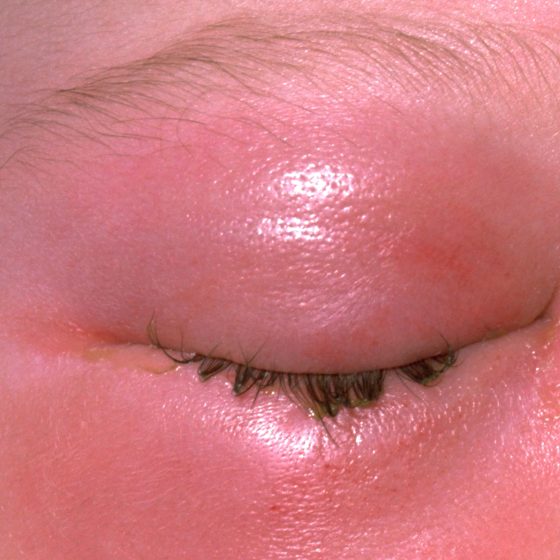Viral Infections
AIDS This is a condition caused by the human immunodeficiency virus (HIV). The virus gains entry in CD4+ T cells. As the infection progresses, it leads to depletion of the CD4 cells, leading to a decrease in immune function. This leads to acquired immunodeficiency syndrome (AIDS). Transmission Sexual Transmission Vertical (mother to baby) IVDU Symptoms Seroconversion (3–12 weeks following infection) Flu-like symptoms with fatigue, fever, lymphadenopathy, sore throat, and arthralgia Erythematous papular rash and mouth ulcers Persistent generalised lymphadenopathy (swollen lymph nodes lasting > 3 months) Chronic infection This is usually asymptomatic until complications of immunosuppression develop

